Products Description
How Fake IDs Are Made: Understanding the Technology Behind the Craft
Fake IDs have been around for decades, and the methods used to make them have changed significantly over time. Today, fake IDs are more sophisticated than ever, with counterfeiters using advanced technology to create IDs that closely resemble the real thing. Whether you’re talking about a Washington fake ID, a Wisconsin fake ID, or a Colorado fake ID, understanding how these fake IDs are made is crucial for law enforcement and businesses trying to detect fake IDs.
In this article, we’ll explore the methods used to make fake IDs, the materials and tools involved, and how modern technology can improve and hinder the process. We’ll also touch on the nuances of specific states like Alaska and Arkansas fake IDs. By the end, you’ll have a solid understanding of how fake IDs are made and what to look out for when trying to identify a fake ID.
Traditional Methods of Making Fake IDs
Historically, the creation of fake IDs was a manual process involving simple tools and materials. Counterfeiters would often use outdated methods, such as scanning legitimate IDs and using basic photo editing software to change key information. While this method worked well in the past, the rise of digital technology and high-quality printers has largely made these methods obsolete.
Older production techniques often involved laminating fake IDs to mimic the plastic coating on legitimate cards. The problem with this method is that the laminate is often too thick or too thin, making the fake ID feel different from a real ID. Today, the lamination method is outdated and can be easily spotted by bodyguards, police officers, or anyone familiar with the feel of a real ID.
Despite these limitations, some basic fake ID producers still rely on this method, especially when producing IDs for states with simpler designs, such as Washington fake IDs or Wisconsin fake IDs. However, in states with more complex designs, such as Colorado, these outdated methods will not pass even a cursory inspection.
Advanced Production Methods
Today, creating high-quality fake IDs requires more sophisticated techniques. High-end counterfeiters use commercial-grade printing equipment, specialized materials, and digital technology to replicate government-issued IDs. Let's take a closer look at some of the most common advanced methods used in fake ID production.
1. Hologram Replication
Holograms are one of the most difficult elements to replicate on a fake ID. Most state-issued IDs, such as Colorado or Alaska IDs, feature complex holograms that change in appearance when viewed from different angles. These holograms are printed using a specific technology called optically variable device (OVD) technology and are very difficult to replicate.
Some fake ID producers have found ways to mimic these holograms, albeit imperfectly. The process usually involves scanning a real hologram and printing it on a film that is applied to the fake ID. However, these fake holograms often lack the fine detail and color-shifting effects found on legitimate IDs, making them easily detectable under close inspection.
This method is often used to create more sophisticated fake IDs, such as a Colorado fake ID or an Alaska fake ID, where the hologram is a prominent security feature.
2. Microprinting
Microprinting is another security feature that is difficult for fake ID producers to replicate. Legitimate IDs often have tiny text that is almost impossible to read with the naked eye, but becomes legible when magnified. This detail is common in many states, such as Wisconsin and Arkansas, making it a key feature for those trying to create a Wisconsin fake ID or an Arkansas fake ID.
High-end counterfeiters use specialized printers that can print text at a microscopic level, but lower-quality fake IDs often lack this feature or contain text that is blurred when magnified. Spotting this inconsistency is a foolproof way to identify a fake ID.
3. UV ink and watermarks
Many states, including Washington and Colorado, use ultraviolet (UV) ink and watermarks to add another layer of security to their ID cards. These elements are invisible under normal light but glow brightly under UV light, making them difficult to replicate.
To create a convincing fake Washington ID or fake Colorado ID, counterfeiters need to use UV ink that reacts similarly to legitimate IDs. High-end fake ID producers have successfully incorporated this feature into their products, but low-end counterfeiters often overlook it completely, resulting in fake IDs that fail even basic UV tests.
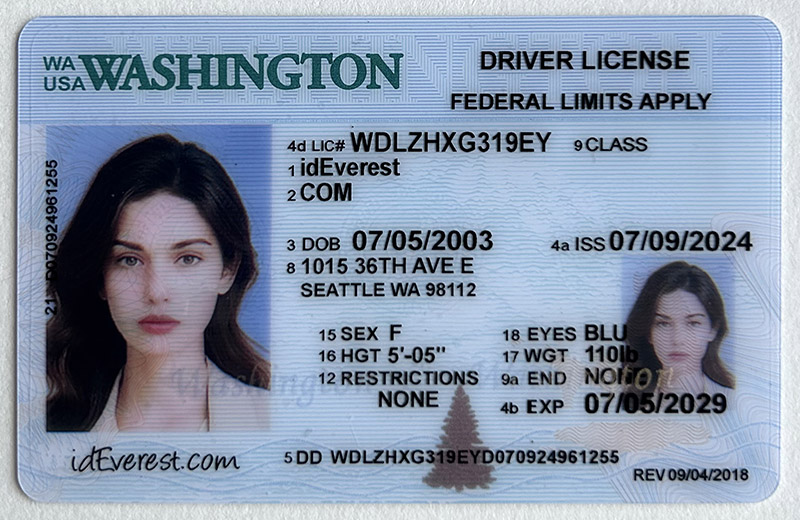
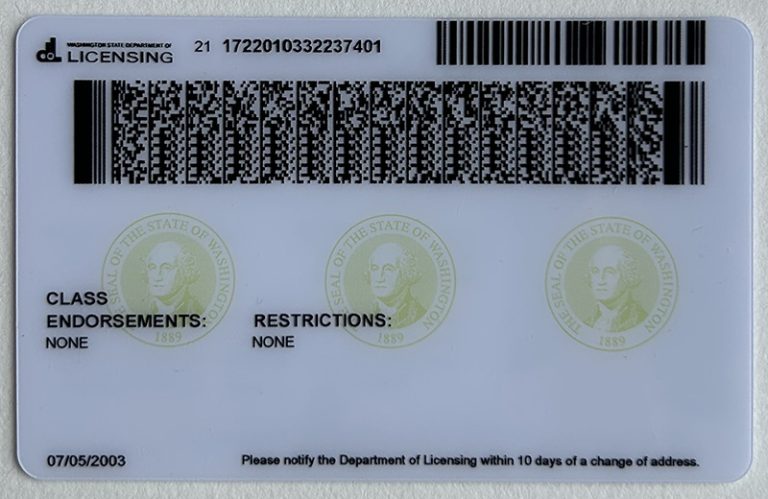
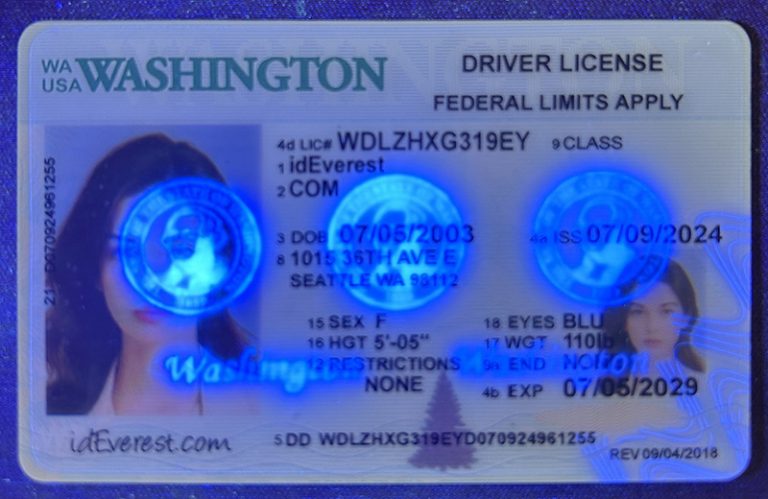

4. Magnetic stripes and barcodes
Modern state-issued ID cards have a magnetic stripe or barcode that stores the cardholder's information, such as their name, date of birth, and address. While it is relatively easy to print a fake ID with a barcode or magnetic stripe, encoding the magnetic stripe with accurate information is much more difficult.
In order to create a fake Wisconsin ID or Alaska ID that will pass a scan test, counterfeiters need to use specialized software that can encode the necessary data into the stripe. High-end producers can do this, but many low-end counterfeiters only replicate the appearance of the stripe without encoding any real information. As a result, the fake ID will fail when scanned by a machine.
State-specific nuances
Different states have unique design features that counterfeiters need to consider when creating a fake ID. For example, a Washington state fake ID will need to mimic the state's unique color scheme, fonts, and security features, while a Wisconsin fake ID may need to consider different factors, such as the use of microprinting and specific holograms.
For states like Alaska that have a more basic ID design, it is easier for counterfeiters to create a convincing fake ID. However, states like Arkansas and Colorado that have recently updated their ID designs present a greater challenge for counterfeiters. These states include advanced security features like multi-layered holograms, UV-reactive elements, and high-quality microprinting, making them more difficult to accurately replicate.
How to Identify a Fake ID
Identifying a fake ID can be tricky, but there are some telltale signs to look for. If you want to determine if a Wisconsin fake ID or an Arkansas fake ID is legitimate, pay close attention to the following elements:
Holograms: Do they move and change when viewed from different angles?
Microprinting: Is the tiny text clear under a magnifying glass, or is it fuzzy?
UV Features: Does the ID glow under UV light?
Texture and Feel: Does the ID feel too thin or too thick?
Barcode/Magnetic Stripe: Does the ID pass the scan test?
Conclusion
The production of fake IDs has come a long way, and the methods used by modern counterfeiters are more advanced than ever before. Whether you're looking at a Washington state fake ID, a Wisconsin fake ID, or a Colorado fake ID, it's vital to understand the production methods involved and how to identify a fake ID.
By using sophisticated tools such as hologram replication, microprinting, UV inks and barcode encoding, counterfeiters can create ID cards that look convincing at first glance. However, the differences between a fake and a real ID can still be spotted with close inspection and the right tools.
Tags:
You like

fake id meme

fake id photo online free
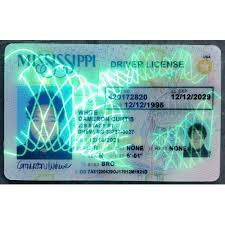
fake id photo
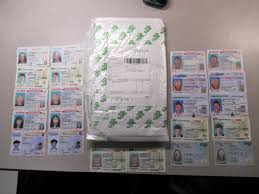
fake id appointment

